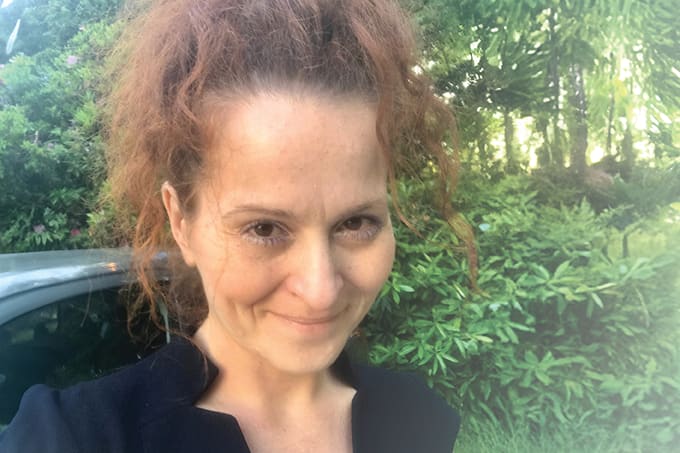
I recently attended grand rounds at my institution and left inspired by the many ways artificial intelligence (AI) could transform our workflows. AI promises to enhance diagnostic precision and efficiency – by gathering information from patient charts, triaging cases, assisting with diagnoses, generating reports, and even handling administrative tasks such as billing.
I couldn’t help but feel excited by the idea of a shorter workday and a better balance between career and family life.
But is that how organizations perceive AI? Do they envision shorter workdays – or simply faster ones that enable more work? Are we setting ourselves up to deepen existing challenges like burnout? And what about the less tangible concerns: becoming obsolete as pathologists, or losing meaning in our work?
I try not to overthink these questions, but I suspect they’ll surface soon enough as AI becomes more deeply embedded in medicine. It’s better to begin understanding – and planning for – them now.
I don’t believe pathologists will become obsolete: our roles will evolve. I foresee a future where pathologists not only sign out cases with AI assistance but also act as co-creators of these systems. We’ll take part in validation studies, bias testing, and regulatory oversight. We’ll contribute more actively to epidemiological research and global health surveillance.
And meaning won’t disappear – it will shift. Pathologists will focus more on human-centered tasks: complex interpretation, clinical integration, communicating patient stories, mentoring, and leadership.
Still, organizations may have a different vision for AI. And that’s where tension could arise.
While pathologists might view AI as a tool to improve quality of life and enhance professional fulfillment, leadership may see it as a way to accelerate diagnostics and maximize productivity – potentially at the expense of wellbeing. If that happens, we risk worsening the very problems AI was meant to solve: burnout, turnover, and moral fatigue.
This friction – between organizational ambition and professional sustainability – can be avoided if both sides are clear about their expectations. AI should not be something imposed on pathologists, nor should it be something adopted by pathologists in isolation. Collaboration is essential.
The best path forward lies in shared intent and transparency. We must ask:
What do we truly want from AI?
How can we use it responsibly?
What outcomes do we expect – for our patients, our institutions, and ourselves?
There may not be simple answers. But asking the questions now ensures that as we build the future of pathology, we don’t forget the most important part of the work: being human.




